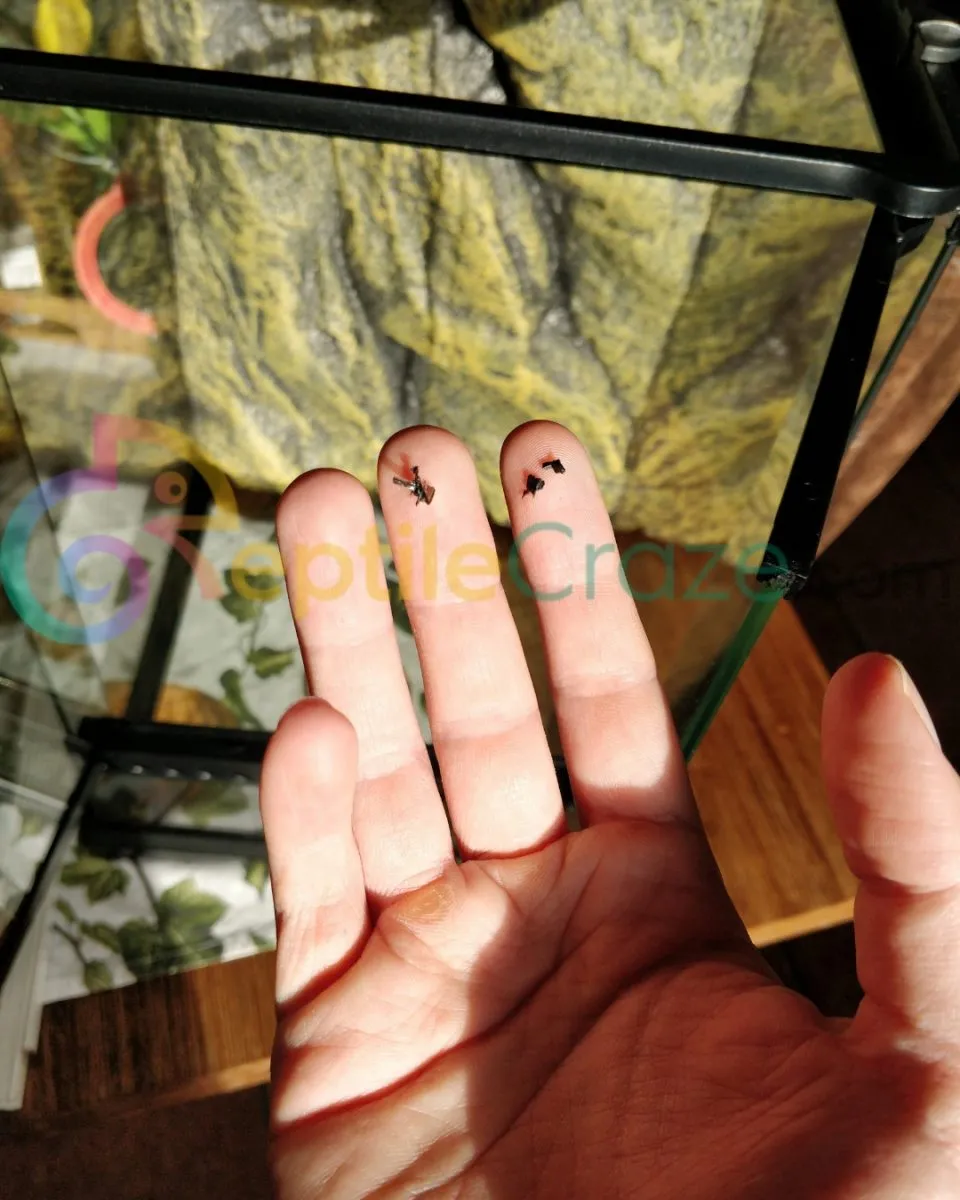Choosing the Right Exo Terra Terrarium Size
Selecting the appropriate size of an Exo Terra terrarium is paramount for the well-being of your tarantula. The size directly impacts the tarantula’s ability to move, hunt, and generally thrive. A terrarium that is too small can restrict movement and lead to stress, whereas one that is excessively large might make it difficult for the tarantula to find food or feel secure. Consider the species of tarantula, as some are terrestrial, arboreal, or fossorial, each requiring different space considerations. Always research the adult size of your specific tarantula species to ensure the terrarium provides adequate space throughout its lifespan. The dimensions of the terrarium should offer sufficient floor space for terrestrial species, vertical space for arboreal species, and depth for burrowing species. A well-sized terrarium contributes significantly to a healthy and happy tarantula.
Consider Tarantula Species
The species of tarantula is a critical factor in determining the appropriate Exo Terra terrarium size and setup. Different tarantula species have varying requirements based on their natural habitats and behaviors. Terrestrial tarantulas, which primarily live on the ground, need a terrarium with a larger floor area to allow for movement and exploration. Arboreal tarantulas, on the other hand, are adapted to living in trees, so they require a taller terrarium that provides vertical climbing space. Fossorial tarantulas are burrowers, necessitating a terrarium with deep substrate to allow them to create tunnels and burrows. Researching your specific tarantula species will provide insights into its needs, including humidity, temperature, and substrate preferences. Choosing the right species is crucial for providing a suitable and enriching environment.
Assess the Tarantula’s Size and Growth Potential
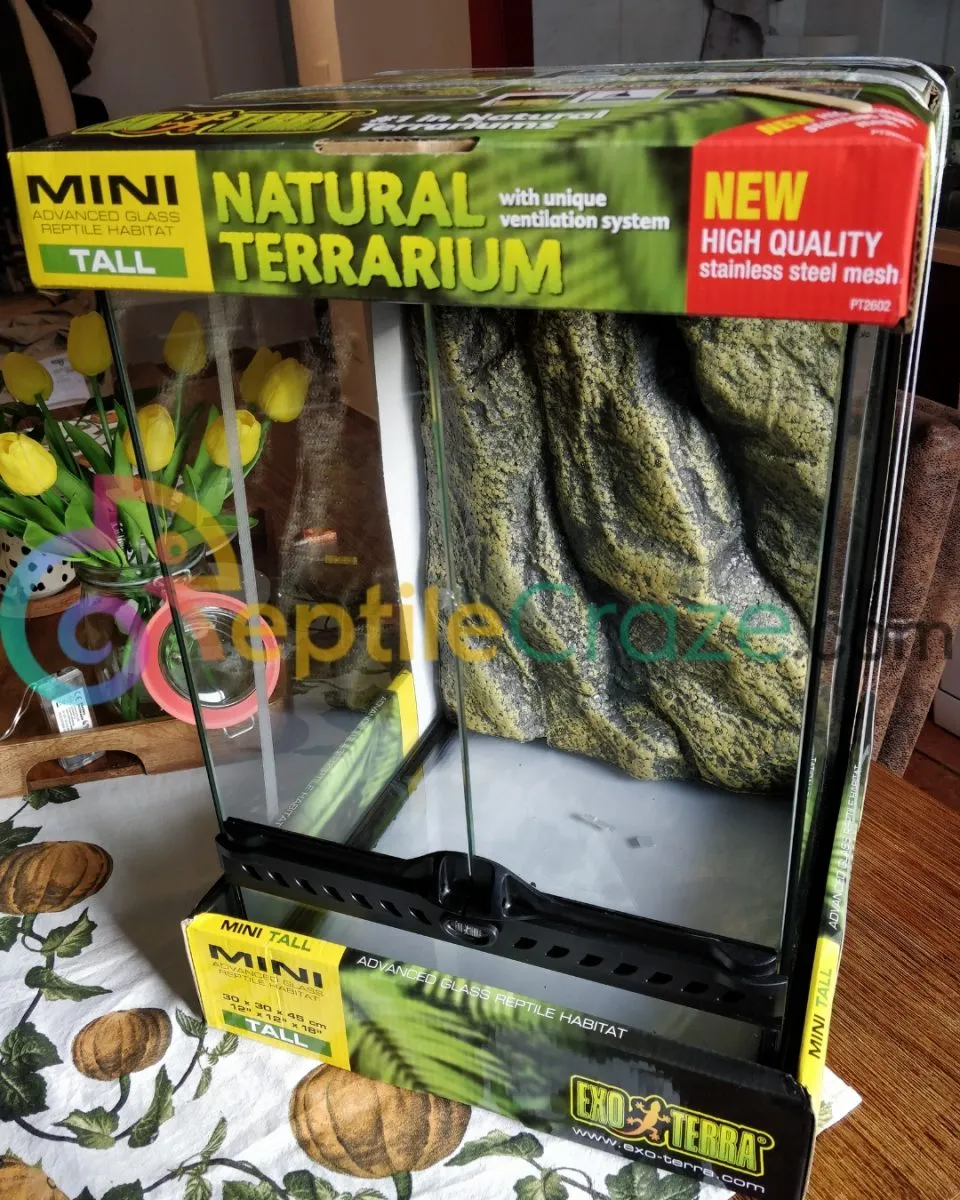
When choosing an Exo Terra terrarium, it’s crucial to consider the tarantula’s current size and its potential for growth. Purchasing a terrarium that is only suitable for the tarantula’s present size will likely result in needing to upgrade the enclosure as the tarantula grows. Tarantulas can live for many years, and some species can reach significant sizes. For example, the Goliath Birdeater can have a leg span of up to 12 inches. Therefore, it is prudent to select a terrarium that can comfortably accommodate the tarantula’s adult size. This ensures that the tarantula has enough space to move, molt, and feel secure. Consider the growth rate of the species. Some tarantulas grow quickly, while others grow slowly, so factor in the lifespan of the species and its maximum size to choose the right Exo Terra terrarium.
Matching the Terrarium to the Tarantula’s Needs
The Exo Terra terrarium should be tailored to match the specific needs of the tarantula, considering factors like size, habitat type, and behavior. Ensure the terrarium’s design aligns with the tarantula’s natural environment to help them thrive. A terrestrial tarantula requires a broader, shallower terrarium with more floor space, while an arboreal species needs a taller terrarium with branches and vertical climbing space. Furthermore, consider the ventilation needs, the ease of access for feeding and maintenance, and whether the terrarium has features like front-opening doors that are useful for easy access. Additionally, the placement of the terrarium is important. It should be in a location that offers stable temperature and humidity levels, away from direct sunlight or drafts. Careful matching of the terrarium to the tarantula’s needs is fundamental to creating a healthy and fulfilling environment.
Creating the Ideal Exo Terra Substrate
The substrate is the foundation of a tarantula’s Exo Terra terrarium, playing a crucial role in maintaining humidity, providing a comfortable environment, and allowing the tarantula to exhibit natural behaviors. The ideal substrate mimics the tarantula’s natural habitat. It should be able to retain moisture to help regulate humidity levels, be non-toxic, and allow the tarantula to burrow. Coconut fiber is a popular choice because it holds moisture well, is readily available, and is safe for tarantulas. Other options include peat moss, vermiculite, and a mix of these materials. The substrate should be deep enough for burrowing species to dig and create burrows. Regular monitoring of the substrate’s condition, ensuring it is clean and free of mold, is essential. A well-chosen and maintained substrate contributes significantly to the overall health and well-being of the tarantula.
Types of Substrate for Tarantulas
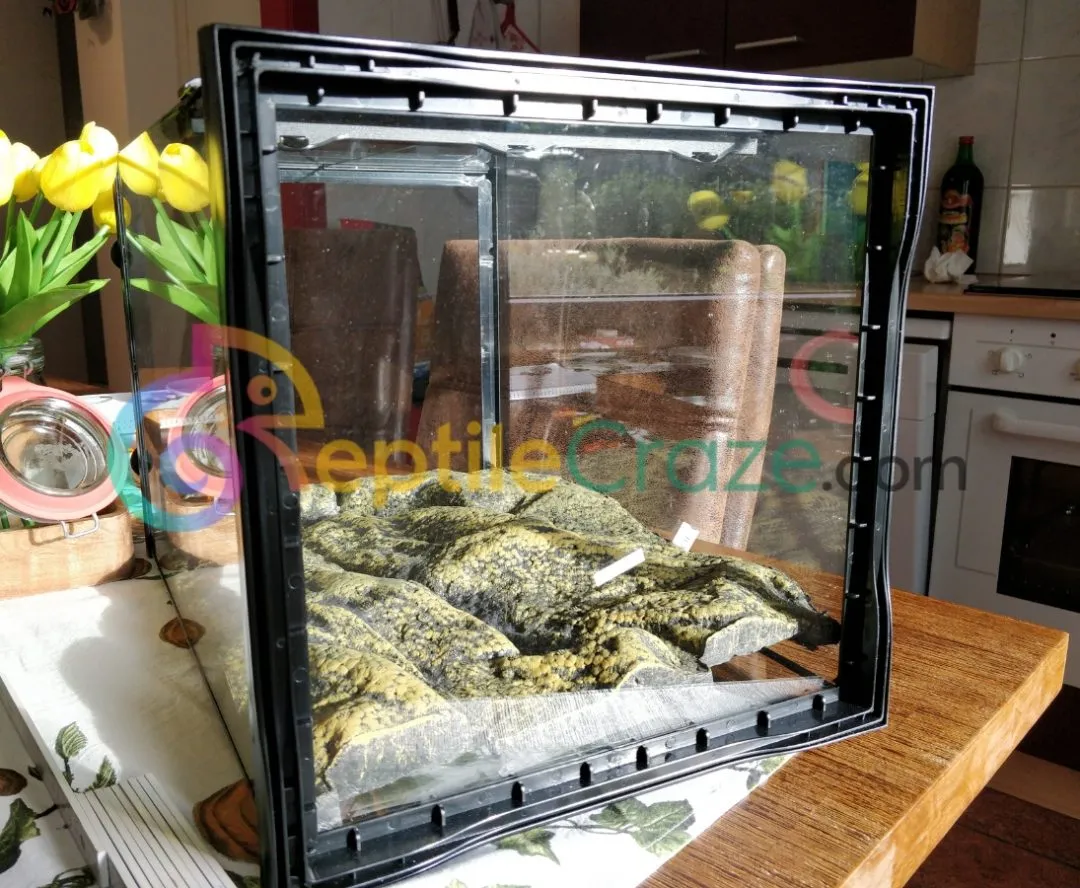
Several types of substrate are suitable for tarantula terrariums, each with its own advantages. Coconut fiber, also known as coco coir, is a widely recommended option. It is absorbent, holds moisture well, is safe for tarantulas, and resists mold growth. Peat moss is another option, providing excellent moisture retention and slightly acidic conditions that can benefit some tarantula species. Vermiculite is often mixed with other substrates to improve moisture retention and aeration. Sphagnum moss is beneficial for maintaining humidity and can be added to the substrate or used as a top layer. A mix of these substrates can offer the best of all worlds. The choice of substrate should depend on the specific needs of the tarantula species, the desired humidity levels, and ease of maintenance. Experimentation is key to finding the perfect blend to provide a healthy environment.
Benefits of Different Substrate Materials
Each substrate material offers unique benefits for tarantula terrariums. Coconut fiber excels in moisture retention and provides excellent drainage, which is important for preventing mold and maintaining humidity. Its natural properties make it safe for tarantulas, allowing them to burrow and feel secure. Peat moss offers similar moisture-retention properties while creating a slightly acidic environment that some tarantula species thrive in. Vermiculite enhances the substrate’s aeration, preventing compaction and promoting healthy root growth if plants are present. Sphagnum moss adds moisture and helps regulate humidity, often used as a top layer or mixed into the substrate. Combining different substrates can create a balanced environment. Choosing the appropriate substrate materials, taking into account their individual benefits, will help ensure the tarantula has the necessary moisture, aeration, and security it needs to thrive in its Exo Terra terrarium.
Maintaining Proper Humidity Levels
Maintaining the correct humidity levels is vital for the health of a tarantula, as it directly affects its ability to molt successfully and stay hydrated. The specific humidity requirements vary among tarantula species, so researching your species’ needs is critical. High humidity is essential for some species, while others require drier conditions. The Exo Terra terrarium’s design helps maintain humidity, but additional measures are often needed. Regularly misting the terrarium with dechlorinated water, particularly in the morning and evening, is a common method to raise humidity. The substrate’s moisture content also plays a significant role. Ensuring that the substrate is damp but not soaking wet helps regulate humidity. Providing a water dish that is always full is essential, as this helps prevent dehydration. Monitoring humidity levels with a hygrometer and adjusting the misting frequency and ventilation accordingly is important for creating a healthy environment.
Choosing and Using Hygrometers
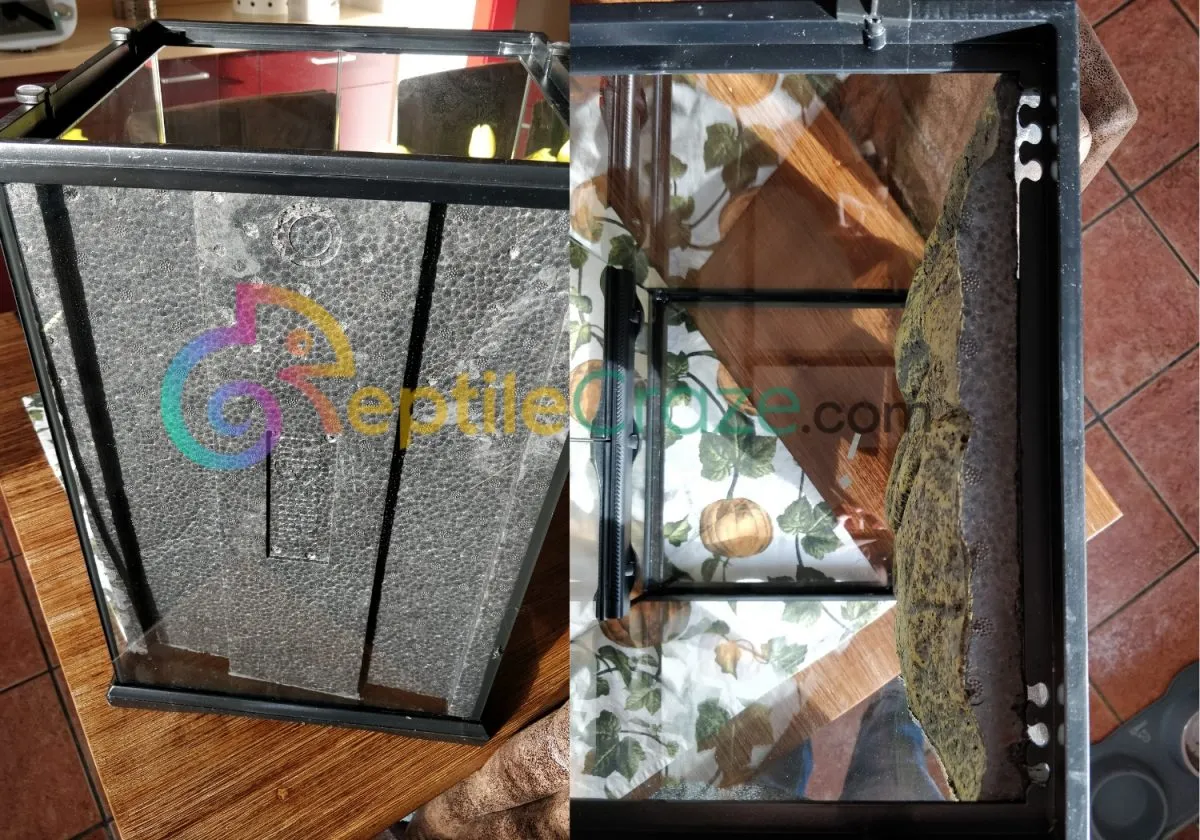
A hygrometer is an essential tool for monitoring humidity levels within the Exo Terra terrarium. A hygrometer accurately measures the percentage of moisture in the air, enabling you to make informed decisions regarding adjustments to the terrarium’s environment. There are various types of hygrometers, including analog and digital models. Digital hygrometers offer more precise readings and are often easier to read. Place the hygrometer within the terrarium, ideally in a location where it is not directly exposed to the water spray. This helps to ensure accurate readings. Regular monitoring of the hygrometer is essential for maintaining optimal humidity. Comparing the readings to the recommended humidity range for your tarantula species is crucial. Any deviation from the ideal range will require immediate corrective action. Using a reliable hygrometer is key to successfully managing the humidity and creating a healthy environment for the tarantula.
Daily and Seasonal Humidity Adjustments
Daily and seasonal adjustments to the humidity levels in an Exo Terra terrarium are essential for maintaining the health and well-being of a tarantula. Daily adjustments often involve misting the terrarium with dechlorinated water, particularly in the morning and evening, to increase humidity. The frequency of misting should be based on the hygrometer readings and the specific needs of the tarantula species. Observe the substrate. If the substrate appears too dry, increase the misting frequency. Conversely, if the substrate remains consistently damp, reduce misting and increase ventilation to prevent mold growth. Seasonal adjustments should consider the natural fluctuations in humidity. In drier months, more frequent misting and the use of humidifiers might be required, while in more humid seasons, less misting is needed. Continuous monitoring and making adjustments based on these observations ensures the correct environment for the tarantula and its overall welfare.
Designing a Functional Exo Terra Terrarium
Designing a functional Exo Terra terrarium involves creating an environment that caters to the specific needs and behaviors of the tarantula. Consider the natural habitat of the tarantula species. This helps guide the design. The terrarium setup should include elements that enhance the tarantula’s quality of life, such as providing adequate space, appropriate substrate, a reliable source of water, and essential elements to promote its well-being. The layout should include appropriate hiding places, such as cork bark or artificial hides, to give the tarantula a sense of security. Incorporate climbing structures for arboreal species. The placement of these elements should provide a variety of microclimates within the terrarium, which allows the tarantula to regulate its temperature and humidity. A well-designed terrarium provides not only a functional habitat but also allows for observing the tarantula’s fascinating behaviors.
Essential Hiding Places and Decor
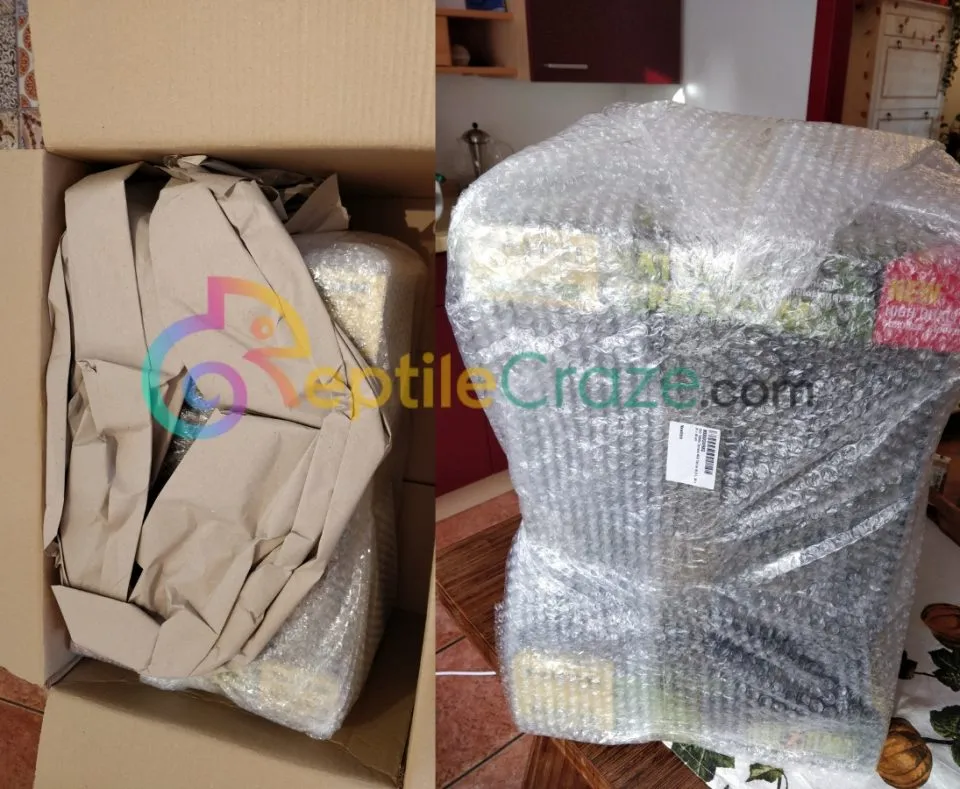
Providing essential hiding places and decor within the Exo Terra terrarium is critical for the psychological well-being of a tarantula. Hiding places provide the tarantula with a sense of security, especially during molting, when they are most vulnerable. Cork bark is a popular choice, providing natural-looking hides that also help to maintain humidity. Artificial hides are a convenient option that is easily cleaned. The size and number of hides should be appropriate for the size and number of tarantulas. Decor can enrich the environment and offer enrichment for the tarantula. Live plants or artificial plants can be added, but make sure they are tarantula-safe. Avoid decorations with sharp edges or small parts that could potentially harm the tarantula. By carefully choosing hiding places and decor, you create a stimulating and secure environment that contributes to the tarantula’s health and happiness.
Providing Fresh Water and Food
Providing fresh water and appropriate food is crucial for the health and survival of a tarantula in its Exo Terra terrarium. A shallow water dish should be available at all times. This dish should be easily accessible and filled with fresh, dechlorinated water. The water should be replaced regularly, and the dish cleaned, to prevent the growth of bacteria. The diet of a tarantula should be appropriate for its age and size. Crickets, roaches, mealworms, and other feeder insects are common food choices. The size of the insects should be appropriate. Avoid feeding insects that are too large or too small. Feed the tarantula regularly, but do not overfeed, as this can lead to health problems. Remove uneaten food within 24 hours to maintain a clean environment. By providing a continuous supply of fresh water and suitable food, you meet the basic nutritional and hydration needs of the tarantula, supporting its overall health and well-being.
Ensuring Safe and Secure Environments
Ensuring a safe and secure environment is a top priority when setting up an Exo Terra terrarium for a tarantula. Safety measures should prevent the tarantula from escaping or getting injured. The terrarium should have a secure lid, and all openings should be tightly sealed. Regular checks of the lid and any other potential escape routes are essential. Inside the terrarium, avoid using decorations or objects that could harm the tarantula. Ensure that all materials used are non-toxic. The terrarium’s location should be in a stable, quiet environment away from direct sunlight, drafts, or extreme temperatures. Avoid overcrowding the terrarium, as this can lead to stress and conflict. Regular monitoring for any signs of injury, disease, or stress is essential. Maintaining a secure environment is crucial to preventing escapes and ensuring the long-term health and safety of the tarantula.
Ventilation and Temperature Control
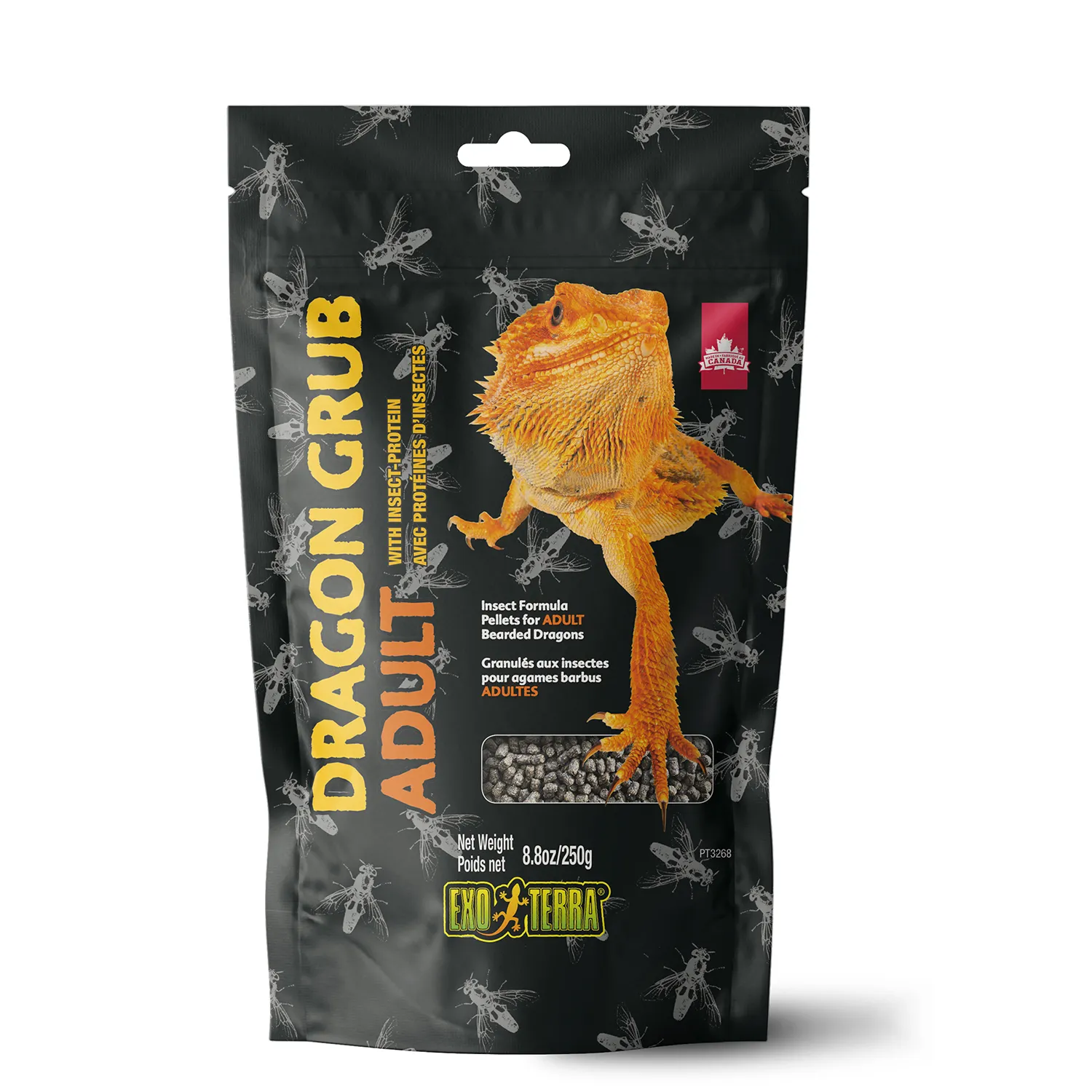
Proper ventilation and temperature control are vital for maintaining a healthy environment within an Exo Terra terrarium. Adequate ventilation prevents the buildup of harmful gases, and helps regulate humidity. The Exo Terra terrariums are designed with ventilation features, such as screen tops and vents, but additional measures may be needed depending on the species. Air circulation should be adequate but not excessive, as extreme airflows can lead to dehydration. Temperature control is equally important, as tarantulas are ectothermic, meaning they rely on external sources to regulate their body temperature. Provide a thermal gradient, which allows the tarantula to move to areas of differing temperatures. Heating pads or ceramic heat emitters can be used to create these thermal gradients, but always use a thermostat to prevent overheating. Regularly monitor the temperature with a thermometer and the ventilation to ensure these factors are optimal for the tarantula’s health.
Placement and Maintenance
Proper placement and regular maintenance are essential for creating and sustaining a healthy environment for a tarantula in an Exo Terra terrarium. Choose a location for the terrarium that provides stable temperature and humidity levels, away from direct sunlight, drafts, and excessive noise or vibrations. The location should also be secure from pets or children who might disturb the tarantula. Regular maintenance involves tasks like cleaning the terrarium, replacing the substrate, and monitoring the environmental conditions. Routine cleaning prevents the buildup of waste, which can lead to health problems. The substrate should be replaced periodically, usually every few months, or sooner if it becomes soiled or begins to break down. Regularly check the water dish, replenish the water supply, and inspect the terrarium for any signs of mold, pests, or other issues. Consistent attention to placement and maintenance helps to maintain the tarantula’s well-being and contributes to its longevity.
Regular Cleaning and Waste Removal
Regular cleaning and waste removal are essential components of maintaining a hygienic and healthy Exo Terra terrarium for a tarantula. Waste products like uneaten food, molted exoskeletons, and fecal matter can lead to the build-up of bacteria and other health risks. To begin cleaning, gently remove the tarantula, and place it in a safe, temporary container. Carefully remove and dispose of waste materials, being careful not to disturb the substrate excessively. Spot clean the substrate regularly, removing any visible waste. Regularly wipe down the terrarium’s walls and decorations with a damp cloth. For a more thorough clean, you can remove the substrate and wash the terrarium with a mild, non-toxic cleaning solution. Rinse thoroughly and allow it to dry completely before returning the substrate and reintroducing the tarantula. Cleaning helps prevent illnesses and promotes a thriving environment for the tarantula.
Monitoring and Adjusting the Environment
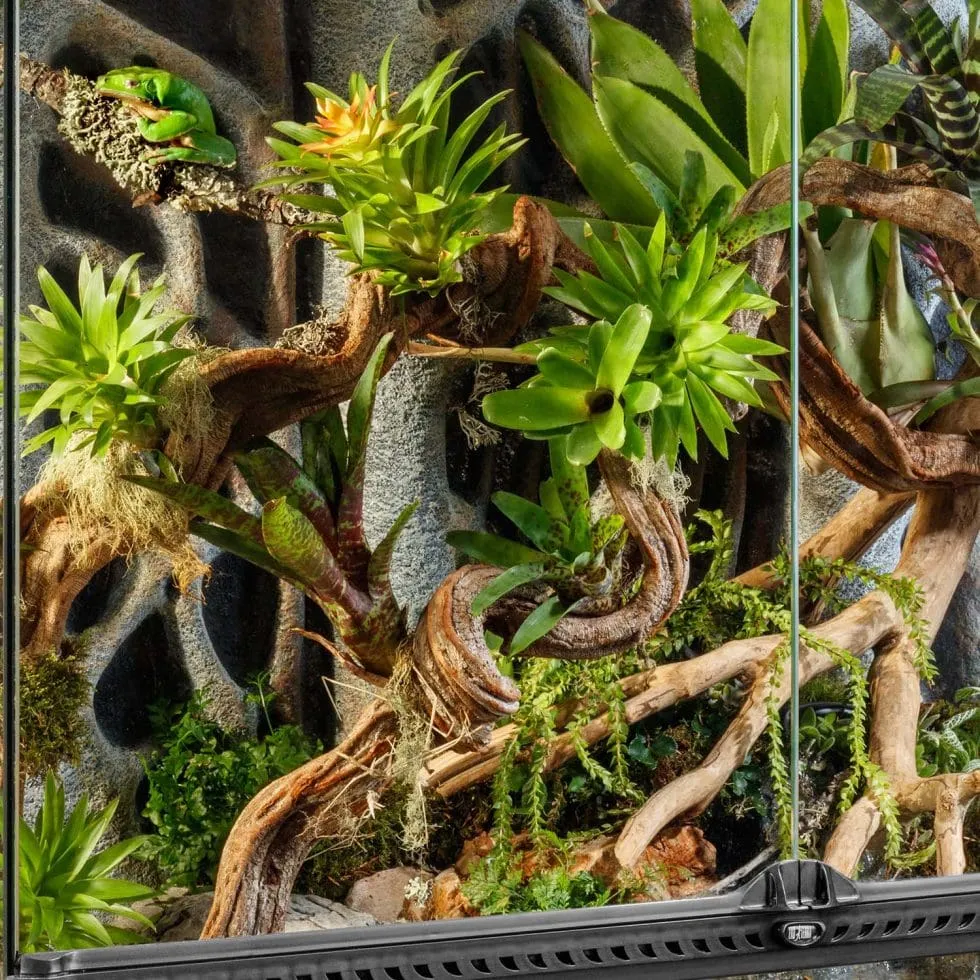
Regular monitoring and making appropriate adjustments to the terrarium environment are crucial for the health and well-being of a tarantula. Consistent observation helps you identify changes in the tarantula’s behavior, the presence of pests, or signs of illness. Use a thermometer and hygrometer to consistently monitor the temperature and humidity levels. Observe the substrate, checking for dryness, mold, or signs of decomposition. Monitor the tarantula’s feeding habits, as changes in appetite may signal health issues. If any problems are noticed, make adjustments. Adjust the temperature or humidity, clean the terrarium, or consult with a veterinarian. Adjustments could involve changes to the substrate, water dish, or even the type of decorations. The goal is to ensure the habitat meets the specific needs of the tarantula, thereby creating an ideal environment for long-term health and happiness. Continuous monitoring and prompt adjustments are key to providing the best possible care.
